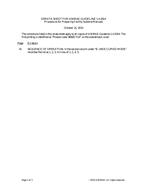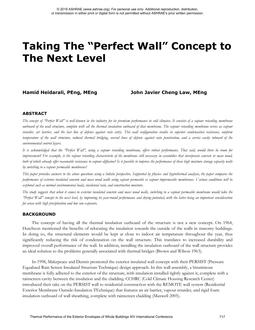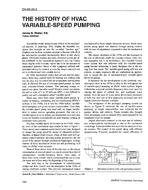A modern technological society requires large numbers of condensers ranging from small units rejecting heat from miniature refrigerators to power plant main condensers rejecting several gigawatts. A large fraction of these condensers are in-tube condensers. In-tube condensers are widely used in the process industry, in air conditioning and refrigeration, and in the petro-chemical industry.
In-tube condensation is often thought of as a process of filmwise condensation of a vapor inside a tube. Vapor is condensed at the cooler tube wall, creating an annular layer of condensate. Classically, the annular layer is considered to be symmetric and the phases considered to be completely separated, However, gravitational, shear, and pressure forces redistribute the liquid film and disrupt any well-defined phase segregation. Interfacial waves, entrained droplets, stratification, bubbles, and vapor slugs all can be present and can greatly modify the flow field.
Large numbers of in-tube condensers are manufactured each year. Since augmentation can result in smaller more efficient devices, potential savings are quite substantial. An experimental program designed to investigate potential augmentation techniques has been carried out as part of a larger study of in-tube condensation. This paper describes tests of three augmentation techniques as well as the reference tests of horizontal smooth tubes.
Citation: Symposium, ASHRAE Transactions, Volume 82, Part 1, Dallas, TX
Product Details
- Published:
- 1976
- Number of Pages:
- 13
- File Size:
- 1 file , 1.1 MB
- Product Code(s):
- D-DA-76-14-3


